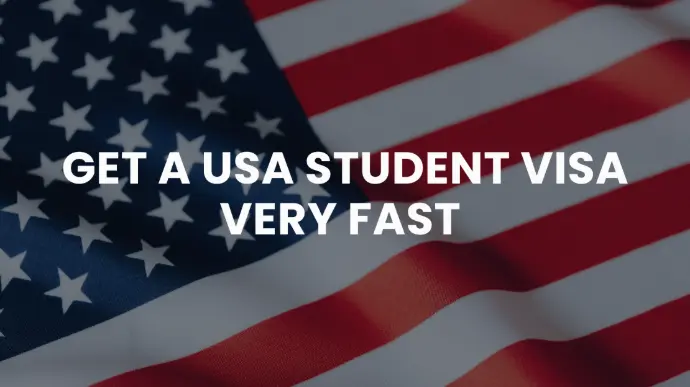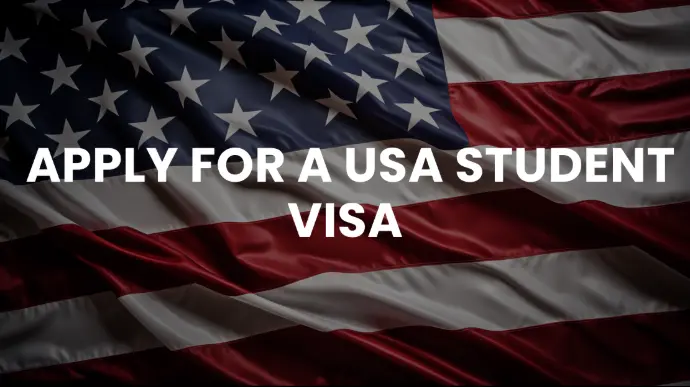Planning to apply for a Canada student visa under the Non-SDS (Non-Student Direct Stream) category? If so, you're likely wondering which documents you’ll need to ensure a smooth application process. Don’t stress—we’ve got you covered! Plus, if you’re seeking professional help, consulting the Best Canada Student Visa Consultant can make the journey a lot easier.
What is Non-SDS?
Non-SDS is a visa application stream designed for international students who don’t meet the requirements of the SDS (Student Direct Stream). While SDS offers faster processing, Non-SDS is more flexible and caters to a broader group of applicants. However, it requires submitting more documents and might take a little longer to process.
Key Documents Required for a Non-SDS Application
Below is a detailed list of documents you’ll need to prepare for your Non-SDS application:
1. Acceptance Letter from a Designated Learning Institution (DLI)
This is essentially your ticket to applying for a student visa. Your acceptance letter from a recognized Canadian institution must include:
- Your full name
- Details about the program you’ve been accepted into
- The program's start and end dates
- Information about tuition fees
2. Proof of English Proficiency
You’ll need to show that you’re proficient in English. Most applicants submit:
- IELTS test scores (preferred: 6.0 band or higher)
- TOEFL or PTE Academic scores (if applicable)
- Proof of studying in an English-medium school or institution (if accepted by your chosen DLI)
3. Proof of Financial Support
Financial documentation is crucial to prove you can afford your education and living expenses in Canada. Include:
- Bank statements (covering the last four months)
- Fixed deposit certificates
- An education loan approval letter (if applicable)
- Proof of Guaranteed Investment Certificate (GIC), if you have one
4. Academic Documents
You must submit all your academic certificates, including:
- High school transcripts
- Degree certificates, if applicable
- Mark sheets from previous studies
5. Passport
A valid passport is a must. Ensure that:
- It has at least six months of validity remaining
- Copies of all pages with visas, stamps, or travel history are included
6. Photographs
Submit recent passport-sized photographs that meet Canadian visa office specifications. Typically, this means:
- A white background
- Standard size as per visa requirements
7. Statement of Purpose (SOP)
Your SOP is your personal story explaining:
- Why you want to study in Canada
- The reasons for choosing your program and institution
- How this program aligns with your future career goals
8. Medical Examination Report
Complete an upfront medical exam with a physician approved by IRCC (Immigration, Refugees, and Citizenship Canada). Attach the receipt or proof of your medical exam to your application.
9. Visa Fee Payment Receipt
Make sure you pay your visa application fee and attach the payment receipt as proof.
10. Other Supporting Documents
Depending on your individual case, you might also need:
- Work experience letters (if applicable)
- Language test waivers (if allowed by your institution)
- Proof of ties to your home country, such as:
- Property ownership documents
- Family connections
Tips to Strengthen Your Non-SDS Application
1. Be Thorough and Organized
Make sure your documents are accurate, complete, and well-organized. Missing or incorrect documents can delay or jeopardize your application.
2. Write a Persuasive SOP
Your SOP should clearly outline your study objectives and demonstrate your commitment to returning to your home country after completing your studies. Be honest, but also make a strong case for why you deserve the visa.
3. Seek Professional Advice
Navigating the Non-SDS process can be overwhelming, but an experienced consultant can guide you through it, helping you avoid costly mistakes and boosting your chances of success.
Conclusion
Applying for a Canada student visa under the Non-SDS category might feel daunting due to the additional documentation required. However, with the right preparation, it’s absolutely achievable. Organize your documents, write a compelling SOP, and consider consulting experts for tailored guidance. The effort you put in now will pay off when you land in Canada, ready to chase your dreams.


